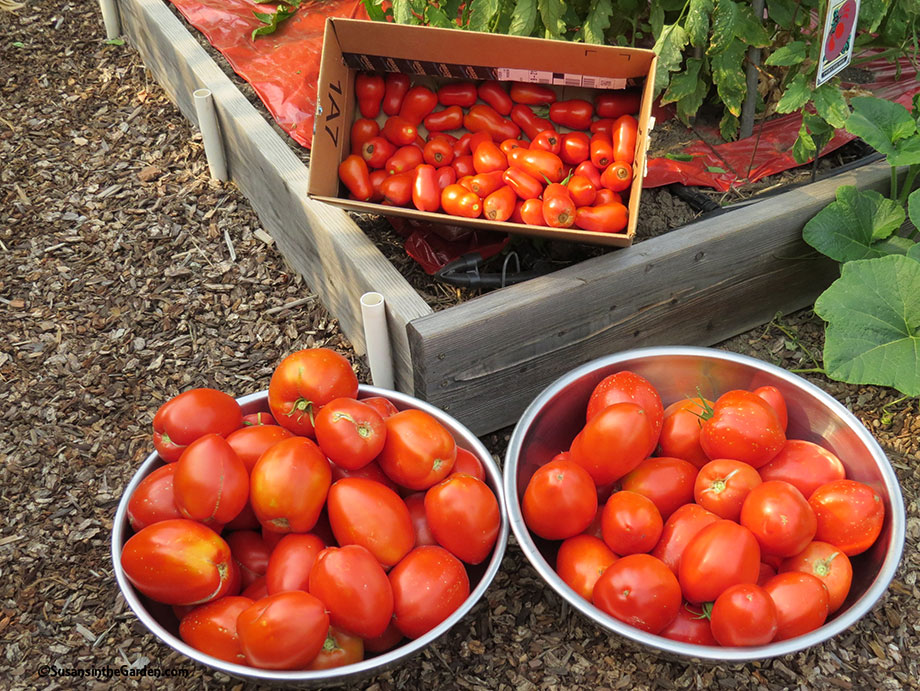- Best Soaker Hose Options Your Yard Truly Needs This Year - January 5, 2024
- Best Tomato Planters You Should Really Consider for Your Garden - December 21, 2023
- Best Home Depot Tomato Cages to Support Your Plants - December 16, 2023
This type of tomato was created by the Amish communities living in Wisconsin and Pennsylvania. It is meaty, slightly juicy, and full of flavor. Paste and plum tomatoes, including Amish Paste Tomatoes, are excellent when cooked since they don’t have a lot of water and their flavor is fuller and more impactful when heated appropriately. But what is amazing about this tomato is that it is also an excellent choice to eat raw in a salad or pureed in a salsa.
Not only are these tomatoes delicious, but they are actually not very difficult to grow. Planting and growing one of your own plants will reward you with the satisfaction of a successful garden and a tasty plate of food. This tomato has it all, so, if you’re eager to bite into a plump and juicy fruit straight from your personal garden, keep reading as we show you how to grow a harvest of Amish Paste Tomatoes.
How to Identify Amish Paste Tomatoes
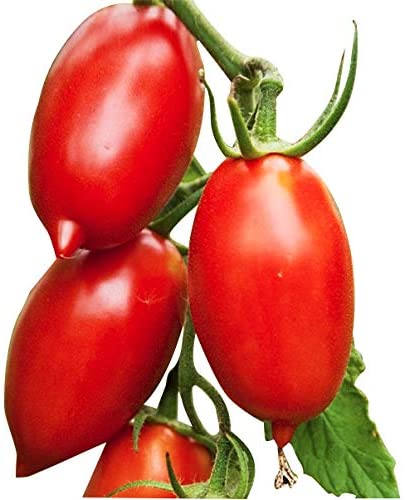
This particular tomato is bright red in color and shaped similar to either a plum or a strawberry. Inside, there are very few seeds and little juice. The outer skin is thick and firm.
How to Grow Amish Paste Tomatoes from Seed
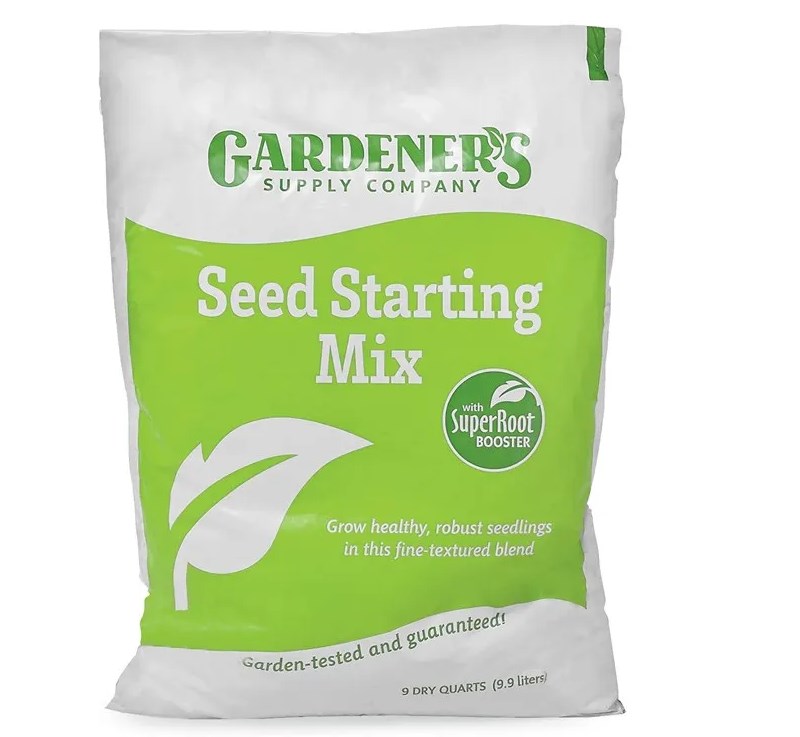
Growing tomatoes should begin indoors before warm spring weather has set in. This is because tomatoes require nearly three months to grow before they will produce fruit but they cannot be planted outside until after the threat of frost has passed. Beginning seeds indoors gives the plants plenty of time to grow without the worry of cold weather damaging or destroying the plants.
Here is the method for growing Amish Paste tomatoes from seeds:
- Purchase seeds from a reputable seller or harvest your own seeds
- Fill planters with a seed starter mix
- Moisten the seed starter mix
- Set two or three tomato seeds ¼ of an inch deep in the mix
- Cover the seeds with the mix
- Moisten the top of the mix (it does not need to be soaked)
- Set the planter in a warm area
- Cover the planter with plastic to hold in moisture
- Keep the mix moist
- Once sprouts appear, remove the plastic and set the planter in a warm and sunny spot
- Transfer the tomatoes outdoors after the final frost of the season
How to Harvest Amish Paste Tomatoes Seeds
If you plan to harvest tomato seeds to use for propagating more tomatoes, it is best to keep tomato varieties apart (20 to 25 feet apart is ideal). This is because the plants will be cross-pollinated and you are not guaranteed to get seeds that will be true to either of the parent plants. If this is not something that bothers you and you would like to experiment a little, then don’t bother separating your tomato varieties.
Once you have a harvest of tomato fruits, you can begin harvest seeds to store for next year’s garden. Here’s how:
- Select fruits that are not diseased or infested
- Pull the fruits off the vine when they are ripe
- Cut open the tomato
- Squeeze out the seeds and the pulp
- Either allow the pulp to dry so the seeds can be separated from it or put the pulp and the seeds in a colander and run water over them to separate them from each other
- Set out the seeds on paper towels and allow them to completely dry
- Once the seeds are dry, place them in either a glass jar or a paper envelope that has been labeled
- Set the jar or the paper envelope in a dark, dry, and cool location until it is time to plant the seeds
When to Plant Amish Paste Tomatoes
These tomatoes should be planted indoors at least two months before the final frost of the season. They should be transferred outdoors once the final frost of the season has passed.
How to Plant Amish Paste Tomatoes
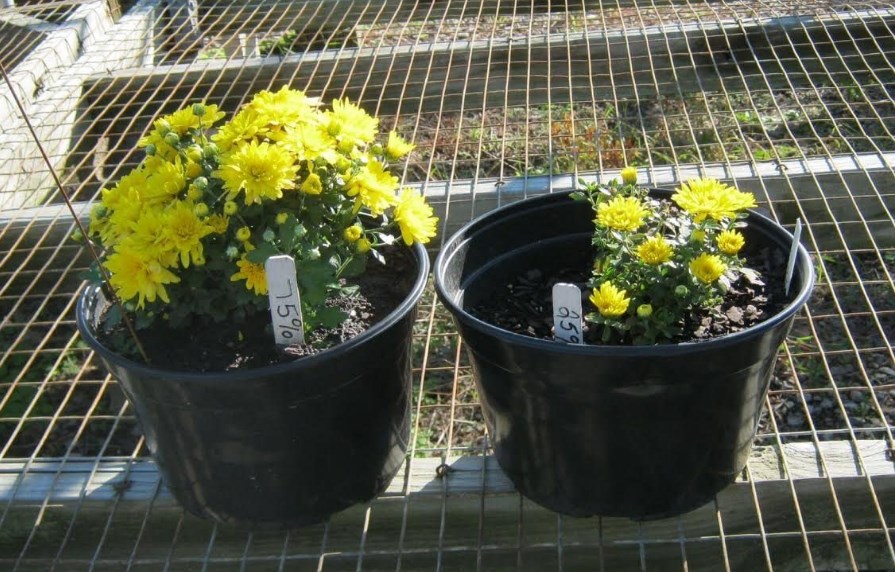
Tomato plants should be transferred outdoors once the weather is amiable to the plants. The process for doing this is:
- Prepare a garden bed for the plants that will receive plenty of sunlight and has well-draining soil
- Dig holes or a row in the garden bed that is twelve inches deep
- Put a 3-inch layer of compost into the bottom of the holes or the row
- Set the tomato plants into the prepared garden bed so that they are 24 inches apart
- Place tomato cages or support structures around each tomato plant
- Once fruits appear on the plants, provide them with a dose of organic fertilizer
- Provide the plants with another feeding three and six weeks after their first feeding
Best Amish Paste Tomato Fertilizer
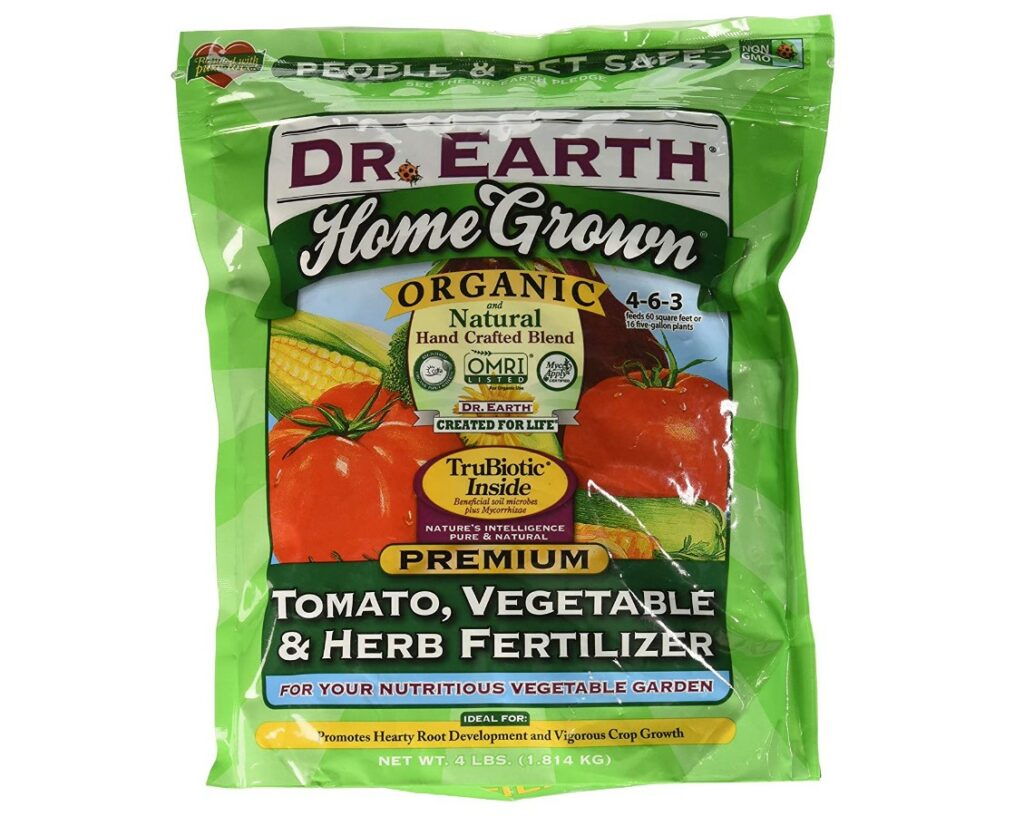
These tomatoes should be fertilized with a slow-releasing organic fertilizer just after they are planted. They should also be fed with an organic fertilizer in liquid form three weeks and six weeks after their initial feeding.
Amish Paste Tomato Soil Requirements
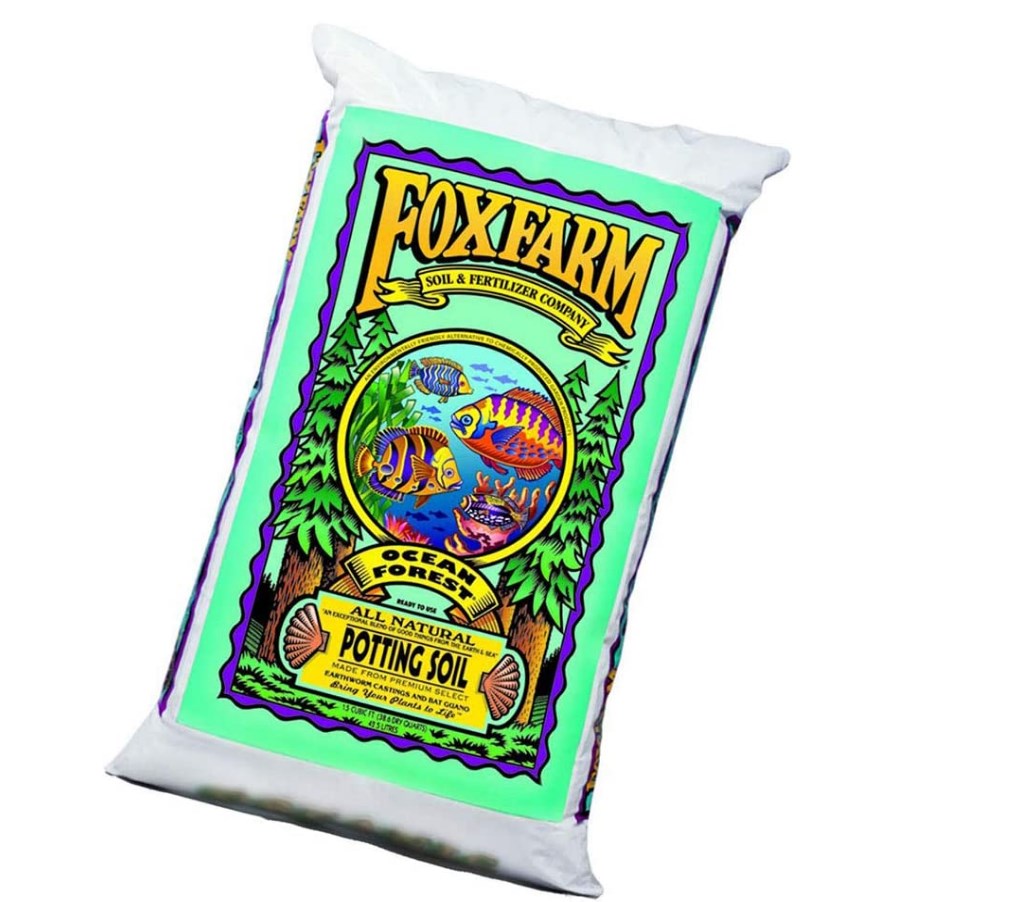
These tomatoes should be planted in well-draining soil that contains compost. Fox Farm Potting Soil is an excellent and organic choice for potting soil.
Amish Paste Tomato Light Requirements
These tomatoes require at least 4 hours of full sun each day.
Amish Paste Tomato Water Requirements
These tomatoes should be watered thoroughly when the top two inches of their soil is dry. They should be watered before they begin to wilt so that the plant will not become distressed.
Best Amish Paste Tomato Companion Plantings

Tomato plants grow better when they are given companion plantings. Other types of plants improve their growth and their health by providing soil nutrients, attracting pollinators, or by repelling pests. Here is a selection of companion plantings that tomato plants love:
Amaranth
This plant attracts beneficial insects that keep away harmful insects.
Basil
This herb is repulsive to certain pests and it helps tomatoes grow and taste better.
Garlic
This plant is repulsive to red spider mites and it can ward off late blight.
Nettle
This plant can actually help improve the flavor of the tomatoes.
Roses
In this case, the tomato plant benefits the rose plant by protecting it from black spot.
Amish Paste Tomato Treatments and Maintenance
Unfortunately, tomatoes are highly susceptible to disease and insect infestations. The best way to treat either of these is to learn what they are, how they can be identified, and how to prevent and treat each one.
Since these are your crop and what you will be investing your time and energy into, it is not a matter of work to learn how to care for them, it is a matter of pragmatism and efficiency to do so. Here is a list of some of the most common issues faced by tomatoes and how to deal with each one.
Aphids
This type of infestation shows up in the form of tiny insects that live in clusters on plant stems and leaves.
The most effective way to deal with an infestation of aphids is to introduce predatory insects into your garden and naturally get rid of the ants. Ants feed on aphids and for this reason, they will fight to protect aphids from predatory insects such as ladybugs and lacewings. If you can introduce predatory insects into your garden while removing the ants, you may succeed in ridding your plants of aphids as well.
Attract these predatory but beneficial insects into your garden by planting some of their favorite plants. These include:
- Dill
- Fennel
- Mint
- Yarrow
Blight
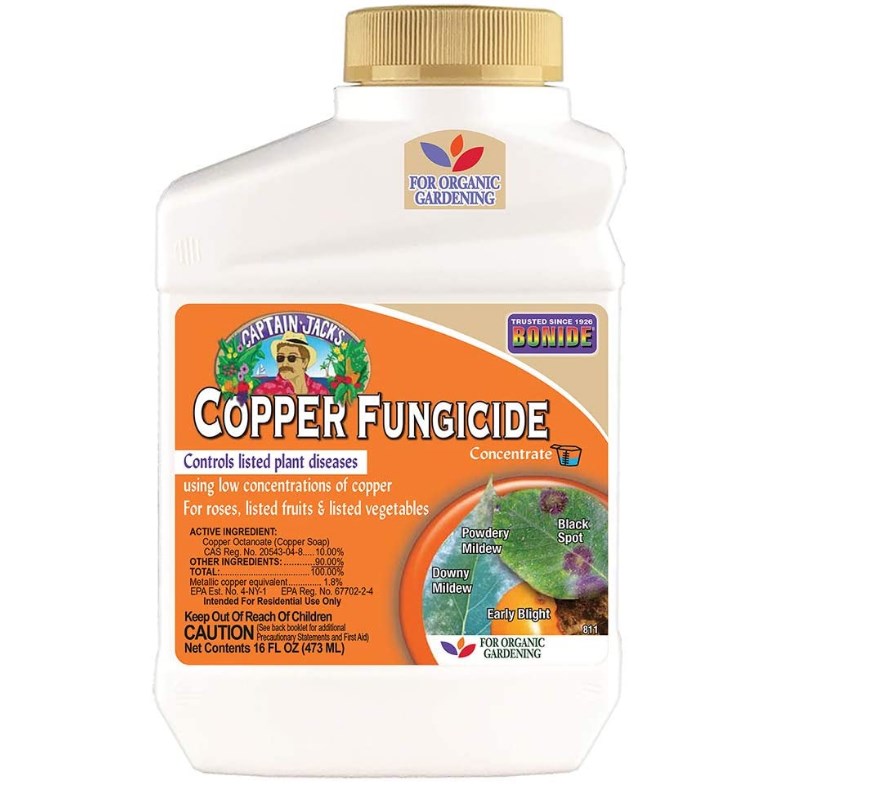
This type of disease is very difficult to control. It is best to treat infected plants quickly or learn how to prevent the blight from occurring in the first place. Apply a fungicide to prevent the spread of blight.
Corky Root Rot
This type of fungus grows on the plant’s roots and looks like brown lesions. It will also cause the plant’s roots to look like cork and the plant’s growth to be stunted. It will eventually kill the plant. The best way to treat this disease is to fumigate the soil.
Curly Top
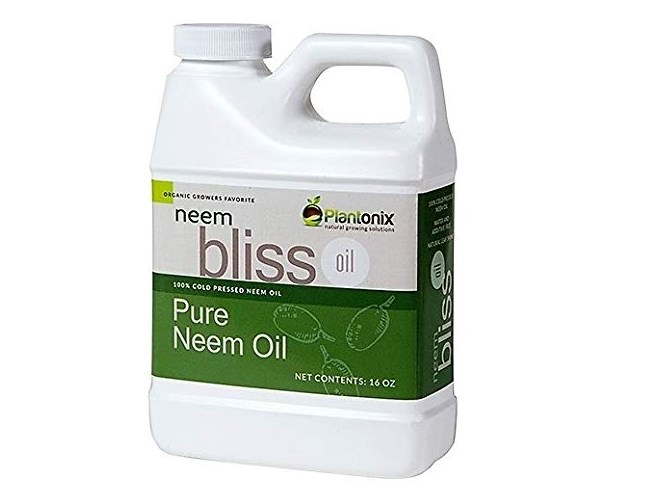
This type of virus causes the plant’s leaves to roll upwards in a curling shape and become stiff and rigid. Apply neem oil to the plant on a weekly basis to deal with this virus.
Cutworms
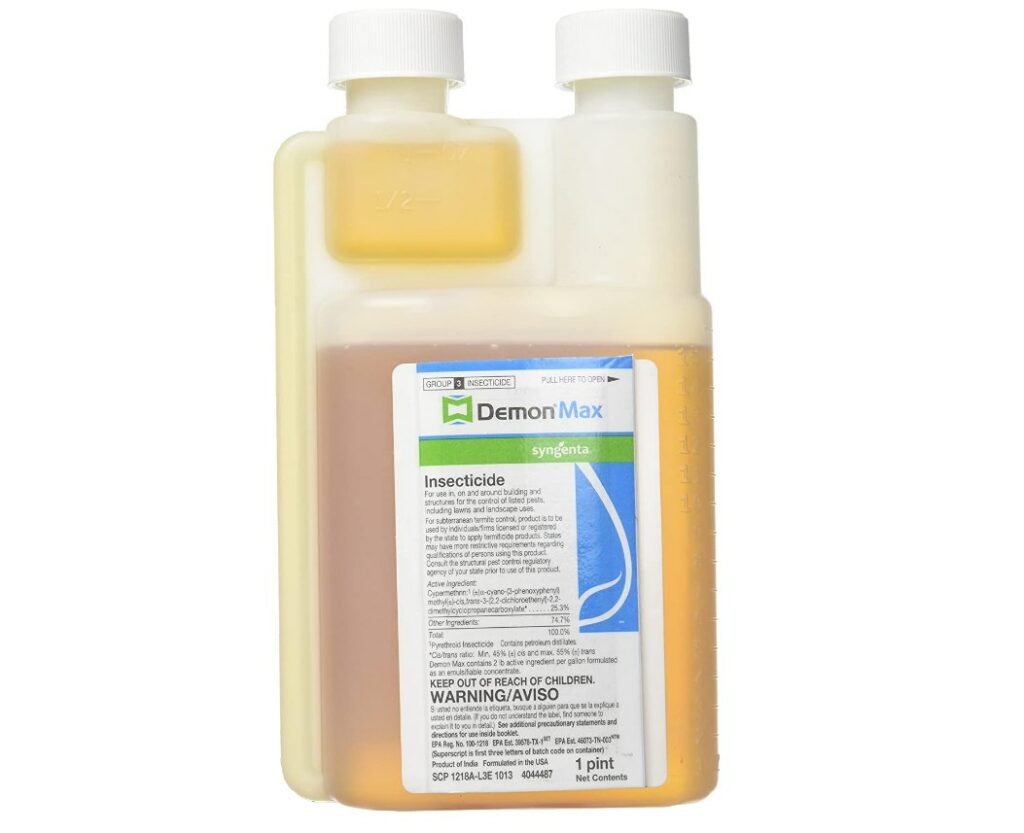
This is a caterpillar that will eat straight through a plant stem if not stopped. Apply a pesticide to the plant to deal with this type of infestation.
Flea Beetles

This type of insect jumps and even looks similar to a flea. It enjoys consuming many types of crops, not just tomatoes. Sprinkle talcum powder on the plant or set up white sticky traps to catch the flea beetles. Another option is to spray the plant with a combination of 1tblsp of liquid soap, 2 cups of rubbing alcohol, and 5 cups of water.
Grey Mold
This type of fungus causes leaves to grow irregularly and stems to grow oval lesions on them. It will also look like fluffy and gray spores spreading over the plant. Apply a fungicide to deal with grey mold.
Hornworms
These are large green caterpillars that love munching on leaves, fruits, and vegetables. Apply Bacillus Thuringiensis to the infected plants to treat a large infestation of hornworms. This type of pesticide should rid your garden of these pests without harming the plants.
Nematodes
There are around 20,000 different species of nematode identified. Most of these are microscopic and very difficult to notice until the plant is already under stress. Add beneficial nematodes to your garden to eliminate harmful nematodes.
White Mold
This type of mildew grows on plants during warm and dry weather. It looks like a powder cover leaves and will eventually turn the leaves yellow until they shrivel, dry up, and die altogether. Treat this type of infestation by spraying infected plants with a mixture made from five parts water and one part milk.
Whiteflies
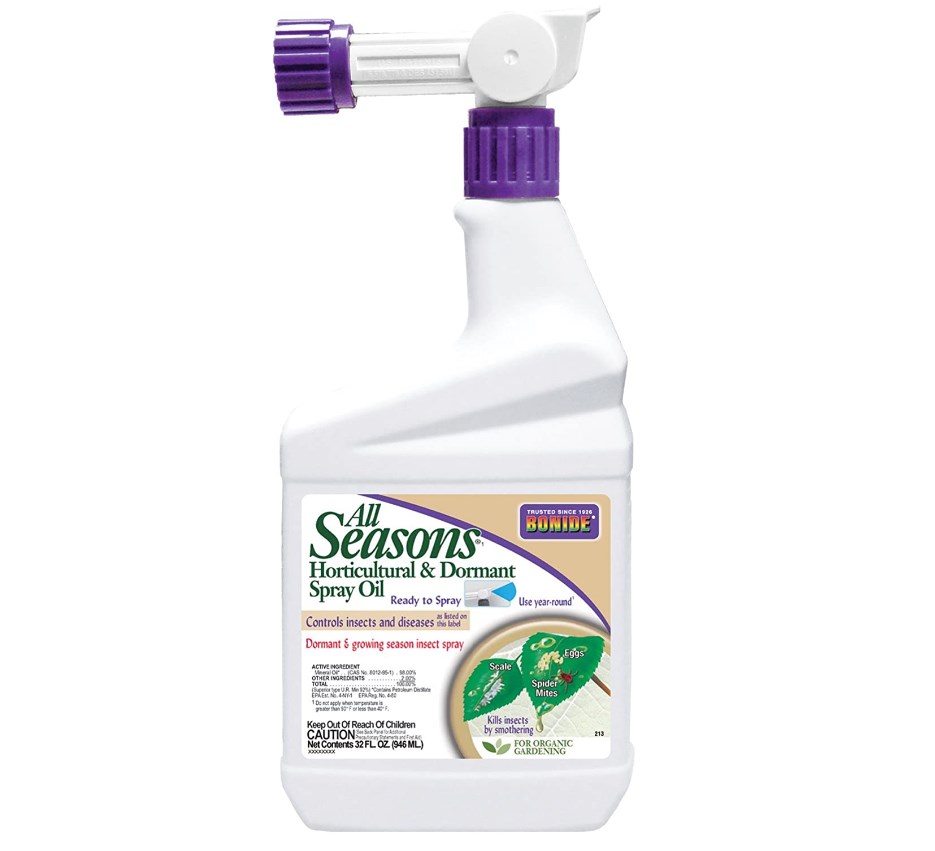
This type of insect is tiny and enjoys drinking plant juice. They leave behind honeydew after visiting and munching on a plant. Apply horticultural oil to the plant to eliminate this type of infestation.
Where to Purchase Amish Paste Tomatoes Online
Online shops, such as Seed Savers Exchange, Baker Creek Heirloom Seeds, and Johnny’s Seeds are all great choices for purchasing Amish Paste Tomato seeds to grow in your garden.
FAQs
Answer: Yes, there are. While tomatoes do benefit from many types of plants, there are a few types that can actually cause them harm. Never set a tomato plant next to the following:
Broccoli
This vegetable and other members of the Brassicaceae family can cause stunted growth in tomato plants.
Corn
This plant is highly attractive to corn earworm which is also attracted to tomato plants. If one of the plants gets a corn earworm infestation, the other one will too.
Potatoes
Both potatoes and tomatoes are highly susceptible to blight and can transfer it back and forth to each other. For this reason, it is best to keep these and all members of the nightshade family in separate garden plots.
Answer: These are indeterminate tomato plants. This means that their suckers should be removed, they continue to vine throughout their growing season, they produce fruit throughout their growing season, and they will only stop growing once frost kills them.
Answer: Yes, but only during the first few weeks. This type of tomato will not stop growing until it is killed by frost so it will grow better and be healthier when it is set in a garden plot.
Answer: This variety of tomatoes can be grown in zones 2 through 12. The reason for this wide range of zones is that they should always be planted in a seed tray indoors and transplanted outdoors after the threat of frost has passed. The date of the last frost will be different in every zone, but this method makes it easy to grow any type of tomato in any zone.
In Conclusion
Amish Paste Tomatoes should be a staple of every garden. This is a truly wonderful variety of tomatoes that is easy to grow and delicious to eat. Now that you know how simple it is to sow and grow this variety of tomatoes, there is no reason why you can’t produce a harvest every year.

